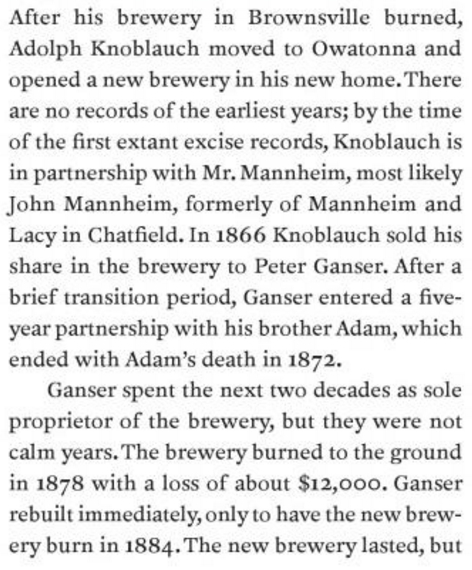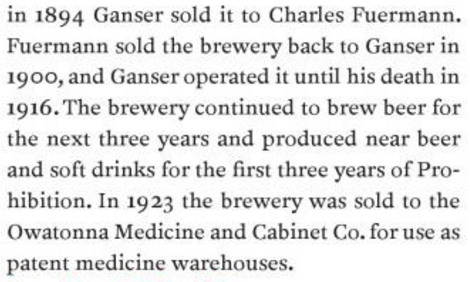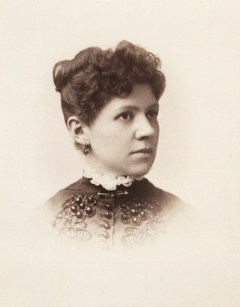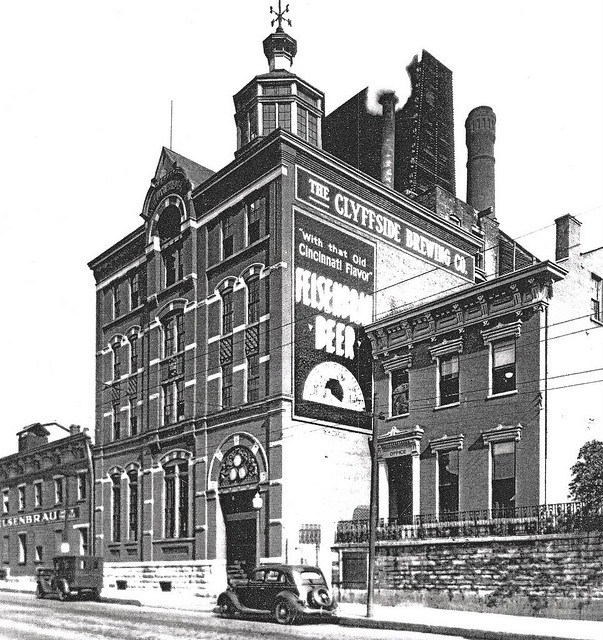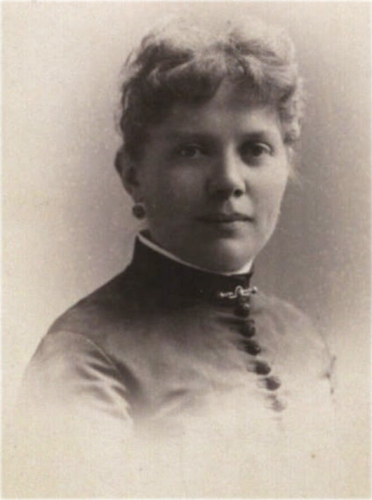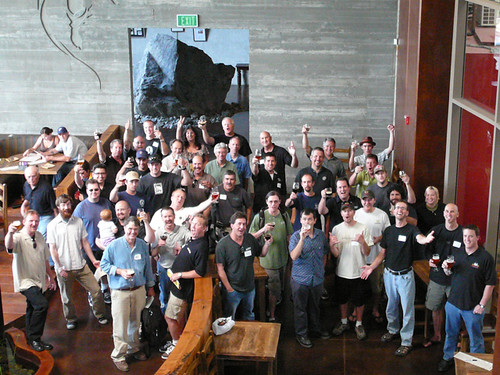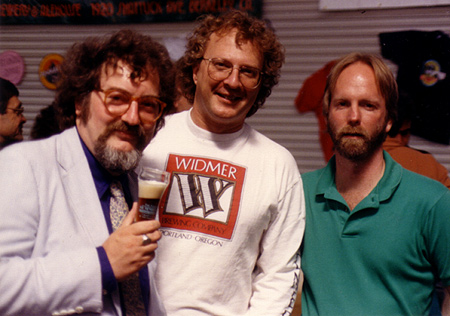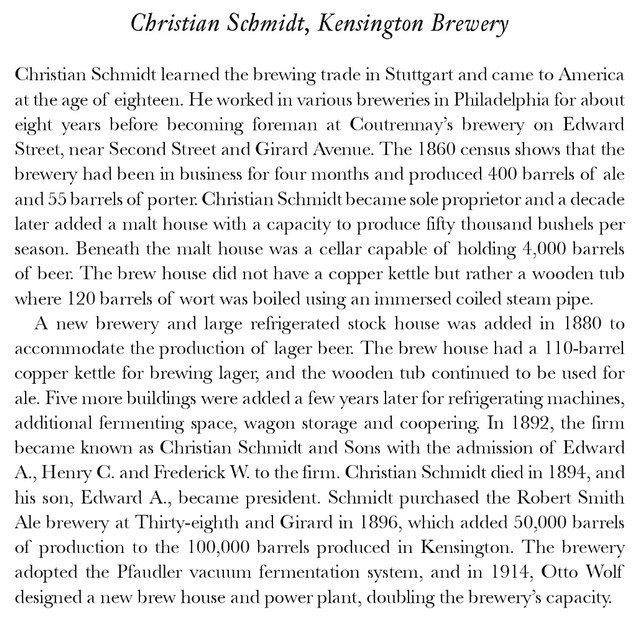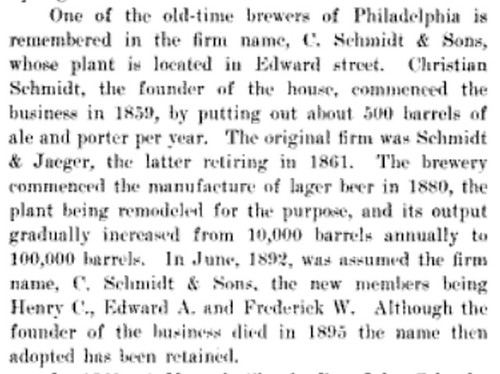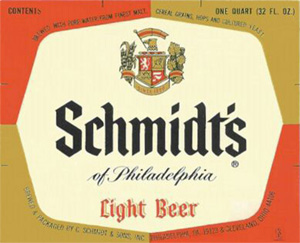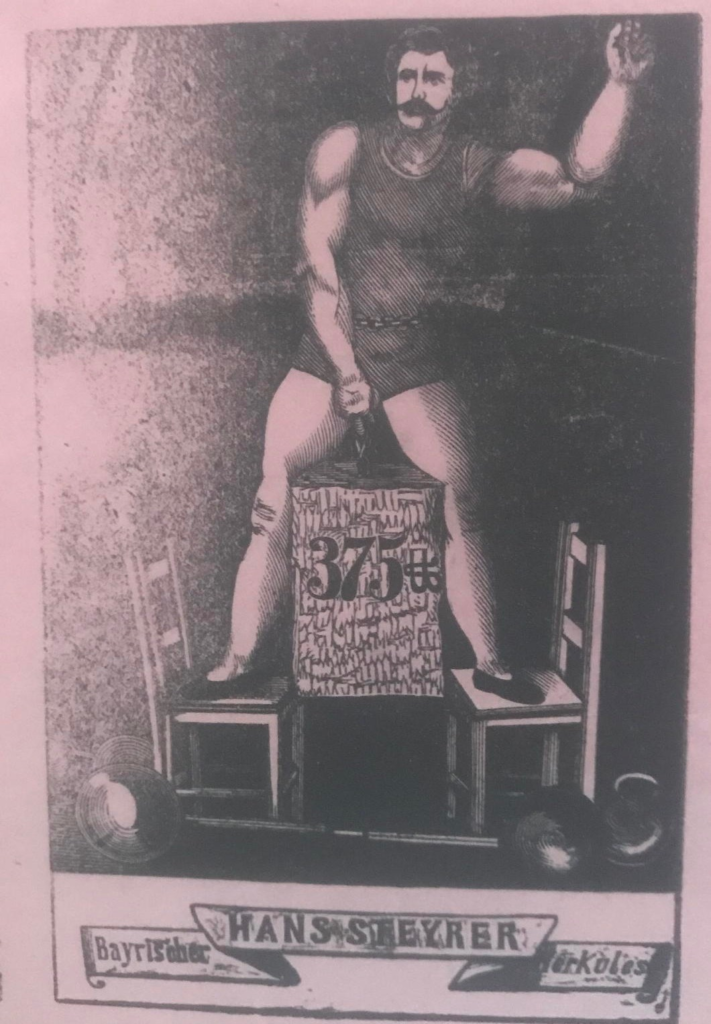
Today is the birthday of Isaac Leisy (June 26, 1838-July 11, 1892). He was born in Friedelsheim, Landkreis Bad Dürkheim, Rheinland-Pfalz, Germany. He emigrated to the U.S. with his family when he was 17, in 1855. They settled in Iowa initially, and began farming. Like several of his relatives, Isaac pursued brewing and briefly worked for a brewery in Illinois before spending several years working at the William J. Lemp Brewery in St. Louis. He then moved back to Germany for a few years, got married, and returned to the States in 1862 to start a family brewery with two of his brothers called the Leisy & Brothers Union Brewery. But Iassac wanted something bigger and in 1873, he and his brothers August and Henry Leisy bought Frederick Haltnorth’s brewery in Cleveland, Ohio, renaming it Isaac Leisy & Company.

This is the only photo I could find of Leisy, and it appears to be later in his life with his wife and family.

Here’s a short history of the Leisy Brewery by Michael Rotman in Cleveland Historical:
In 1873, Isaac Leisy and his two brothers (all originally from Bavaria in Germany) left their small brewery in rural Iowa and came to Cleveland after purchasing Frederick Haltnorth’s brewery on Vega Avenue for $120,000. Haltnorth (who was also the proprietor of Haltnorth’s Gardens — a beer garden at East 55th Street and Woodland Avenue) had purchased the brewery in 1864 from Jacob Mueller, who originally opened it in 1858. Only weeks before purchasing Haltnorth’s brewery, Isaac Leissy had been in Cleveland to attend the annual Brewer’s Congress. Leisy must have been impressed with the opportunities for growth and prosperity in Cleveland, which was quickly becoming an industrial metropolis, as compared to those that existed in rural Iowa.
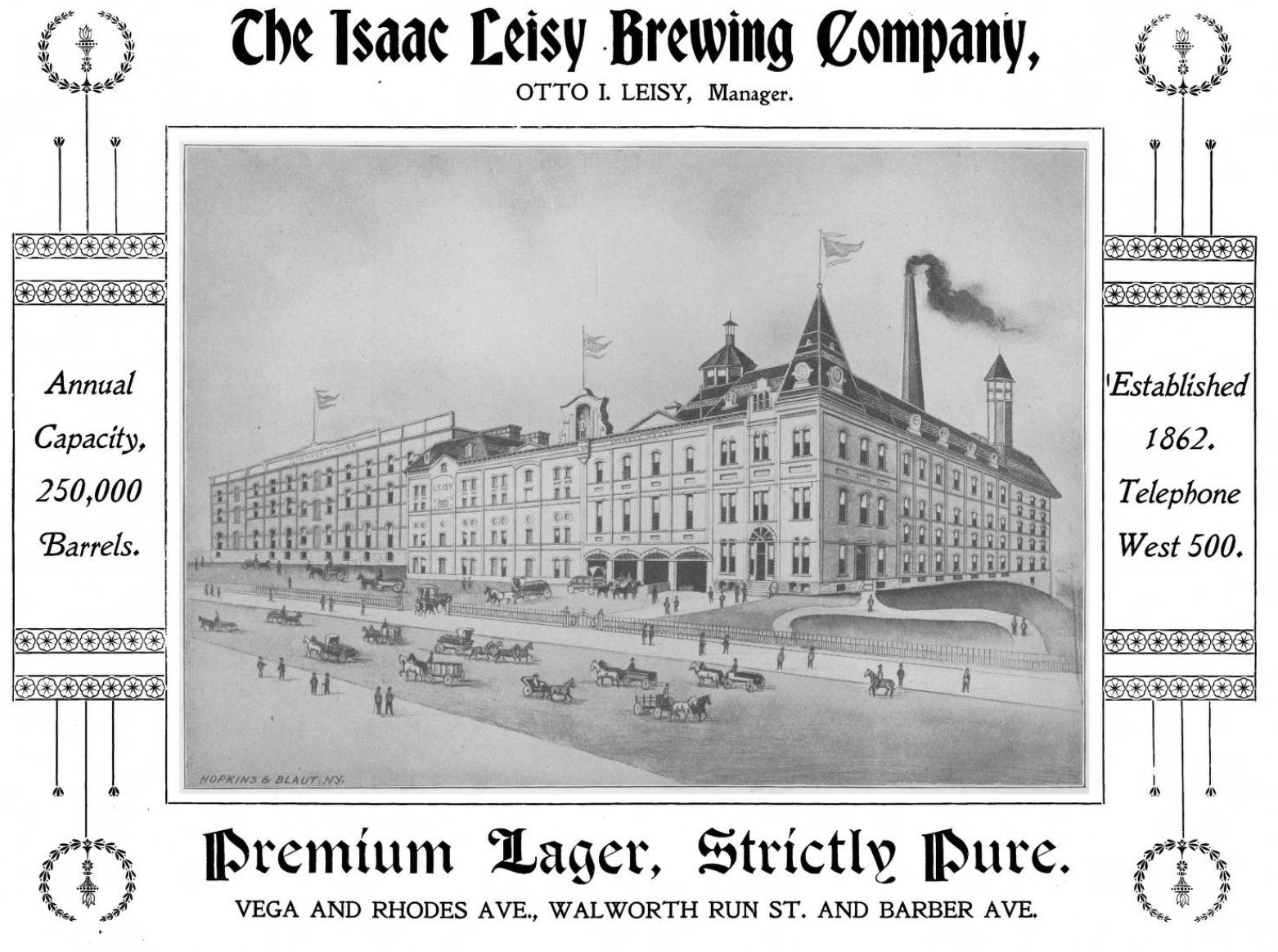
In the mid-1880s, Isaac Leisy (having bought out his brothers) renovated the old brewery and expanded its operations, constructing a multi-building, 8-acre campus along Vega Avenue and increasing beer production eightfold. The Leisy Brewery aimed to be as self-sufficient as possible, and to this end the brewery’s grounds contained, for example, a bottling plant, stables for its fleet of horse-drawn delivery carriages, a cooperage, a blacksmith shop, and two 80-foot silos that held barley prior to its on-site malting. Self-sufficiency was important since competition among breweries in Cleveland at the time was fierce, with nearly twenty breweries operating in the city in 1890. To make matters more difficult for Leisy, in 1898 10 small Cleveland brewers joined the new Cleveland & Sandusky Brewing Co., a massive combination that signaled the brewing industry’s turn towards consolidation. Isaac’s son Otto took control of the company after his father’s death in 1892 and promptly vowed to remain independent of the new combination. He wrote to the Plain Dealer in 1898, emphatically stating that “My firm has existed in Cleveland for over a quarter of a century; has prospered by honorable methods of trade, thereby obtaining, possessing and enjoying the confidence of the same. By its former methods my company proposes to preserve and maintain its trade, and in a fair way compete with its opponent, the huge beer trust.”
Indeed, Leisy Brewing remained an independent, family-owned brewery throughout its entire history. It thrived in the decades before Prohibition, steadily increasing its sales and production. When Prohibition took effect in 1920 and brewing beer became illegal, the company made a short-lived attempt to produce non-alcoholic beverages. This proved to be unprofitable, and Leisy Brewing closed in 1923. Unlike some of Cleveland’s other breweries which had also been forced to shut down during Prohibition, Leisy returned after the repeal of Prohibition in 1933. That year, Otto’s son Herbert Leisy reopened the brewery, reequipping it with new machinery to replace the equipment that had been sold off during Prohibition. Industry consolidation, however, continued to chip away at Cleveland’s small, independent breweries in the decades after Prohibition. Leisy Brewing finally closed in 1958, and its plant on Vega Avenue was demolished in the mid-1970s.

And this account is from the Encyclopedia of Cleveland History:
The LEISY BREWING CO., at 3400 Vega Ave. on the near west side, was once Cleveland’s largest independent brewery. It was established by Isaac Leisy (1838-92), an Iowa brewer who purchased Cleveland’s Frederick Haltnorth Brewery in association with 2 brothers; together they established Isaac Leisy & Co. in 1873. Leisy soon gained a reputation for its Premium Lager and Budweiser beers (Budweiser was not then a brand name). Leisy Brewing Co.With the departure of his brothers in 1882, Isaac Leisy as sole owner and manager substantially enlarged the brewery, replacing the old buildings with modern ones occupying 8 acres of land. Production rose from 12,000 barrels in 1873 to over 90,000 in 1890. Leisy employed 75 workers, mostly German-Americans. He died in 1892, shortly after completing a baronial brownstone mansion next to the brewery, and his son, Otto I. (1864-1914), assumed control. During Prohibition, the brewery was closed and its equipment sold, but with repeal Herbert F. Leisy (Otto’s son) reestablished the Leisy brewing dynasty. He reequipped and modernized the brewery with assistance from Carl Faller, the oldest active brewmaster in the U.S. when he died in 1939. In the 1950s, Leisy Black Dallas malt liquor and Leisy Light, Dortmunder, and Mello-Gold beer were distributed in Ohio and 5 neighboring states. To increase capacity, in early 1958 Leisy purchased the Geo. F. Stein brewery in Buffalo. Geo. S. Carter, former Leisy sales manager who had propelled PILSENER’s P.O.C. to a leading position in Ohio, returned to Leisy in June 1958 as president and a substantial owner, but all operations ceased the following year. Pointing to Ohio’s $.36-a-case tax as a major factor in its demise, Leisy was the oldest brewery in Cleveland and one of the longest surviving family-operated breweries in America when it closed.

The Ohio Breweriana website has an excerpt from the book, Breweries of Cleveland, by Carl H. Miller, that’s all about the Leisy Brewery. Also, the Encyclopedia of Cleveland History has an entry on the brewery plus there’s a book all about the Leisy’s entitled Brewing Beer In The Forest City: Volume I, The Leisy Story that’s available directly from the publisher.



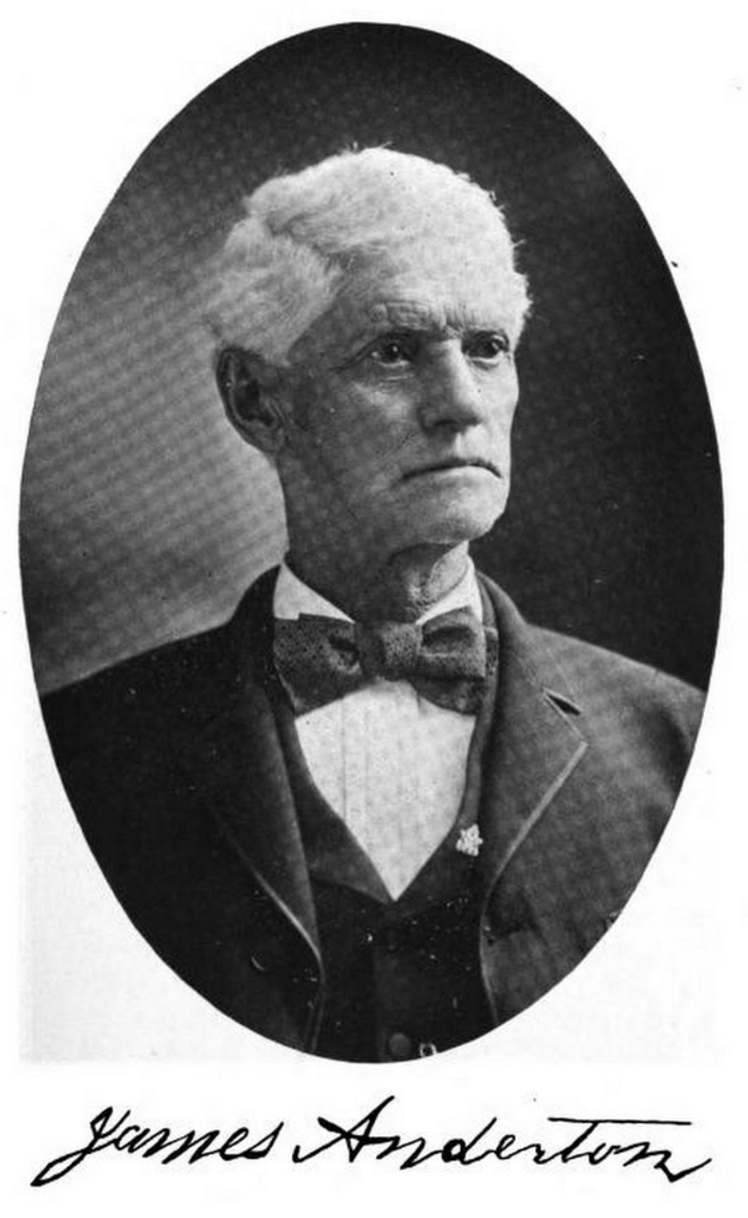
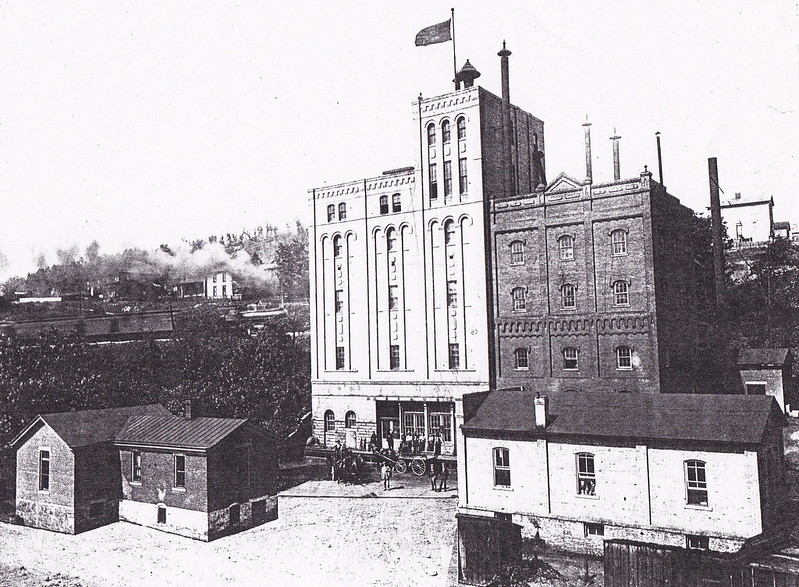

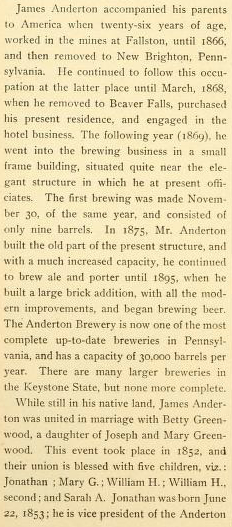

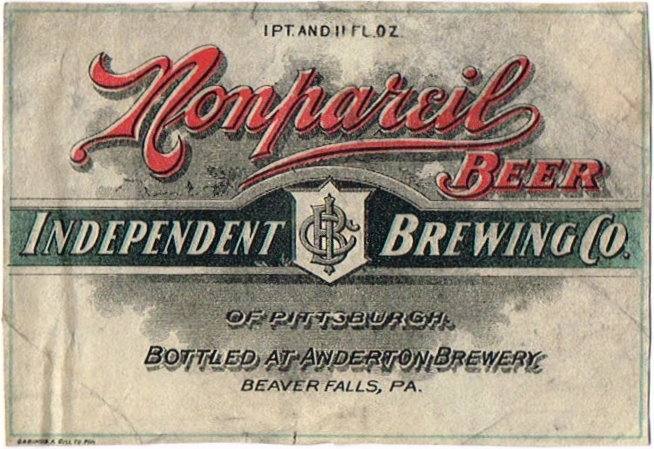


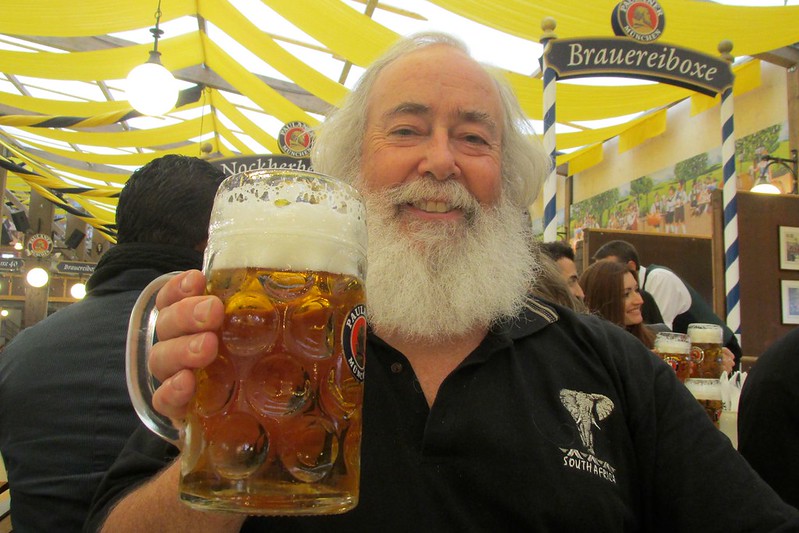 Alan at Oktoberfest, in the Paulaner tent.
Alan at Oktoberfest, in the Paulaner tent.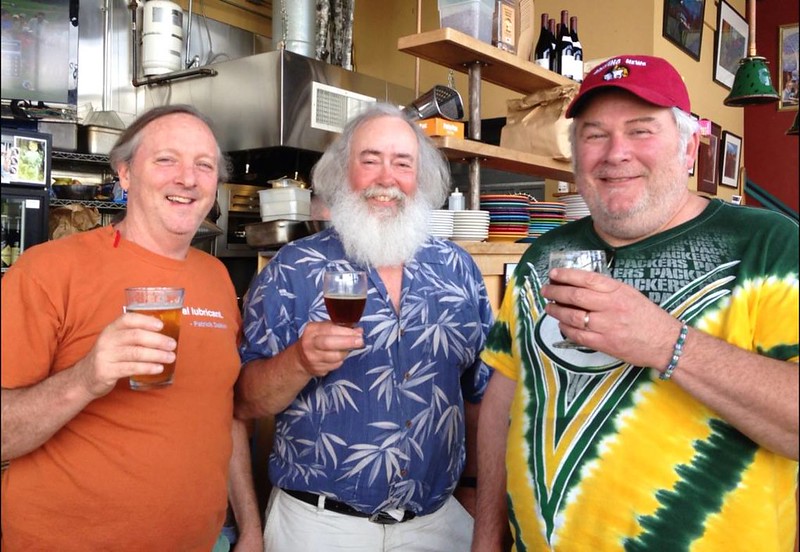 Bill Metzger, Alan and John Norton in 2013.
Bill Metzger, Alan and John Norton in 2013. At dba in NYC.
At dba in NYC.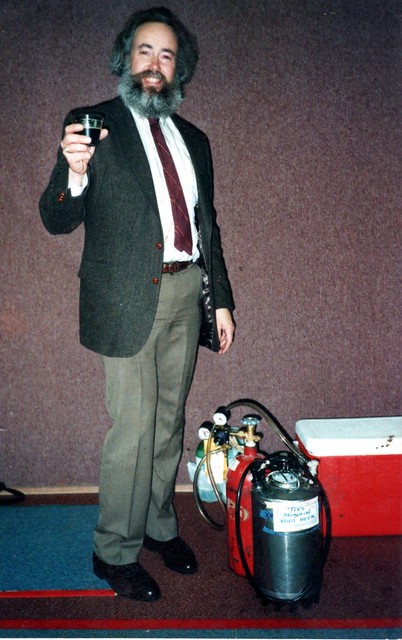 Alan in 1995.
Alan in 1995.




 Andy at his brewhouse in 2012.
Andy at his brewhouse in 2012.

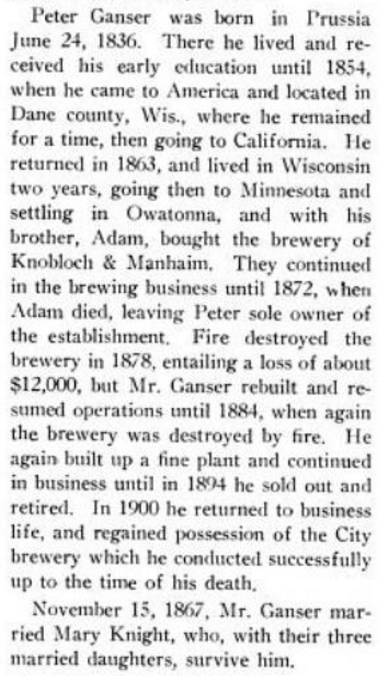
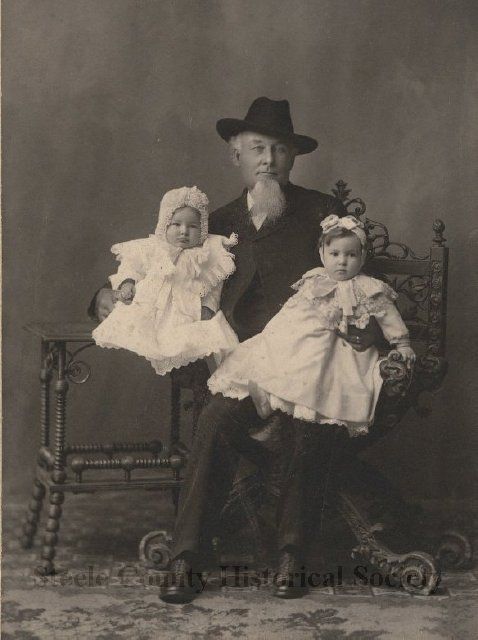
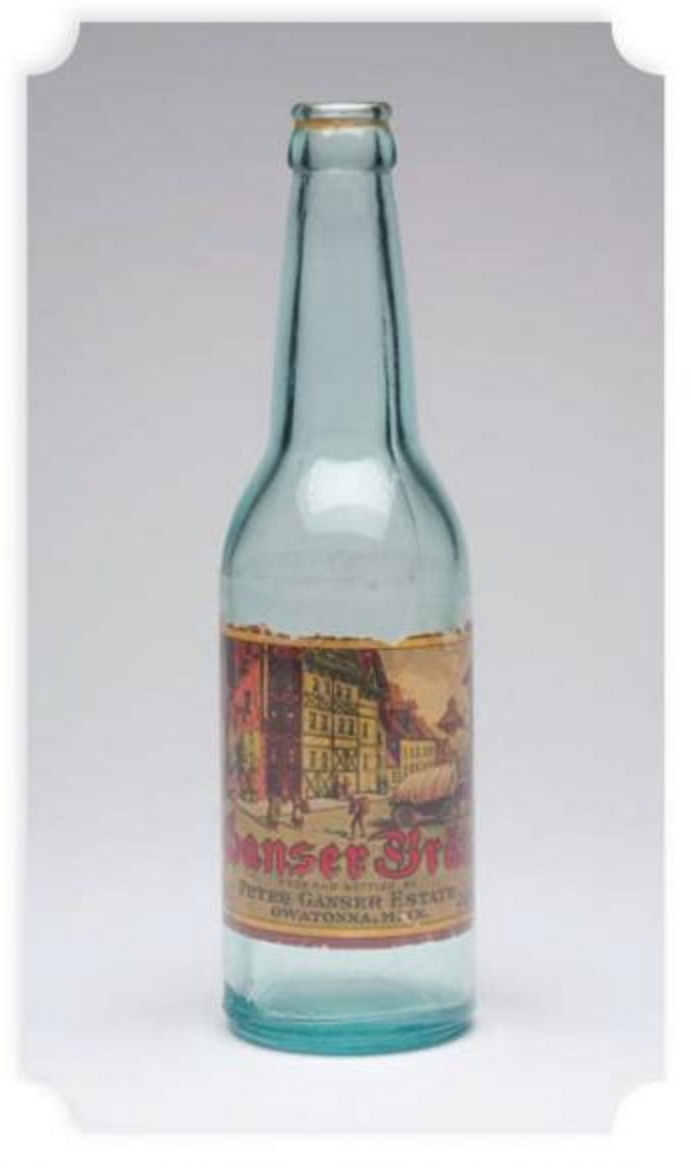 Ganser Brau Near Beer.
Ganser Brau Near Beer.